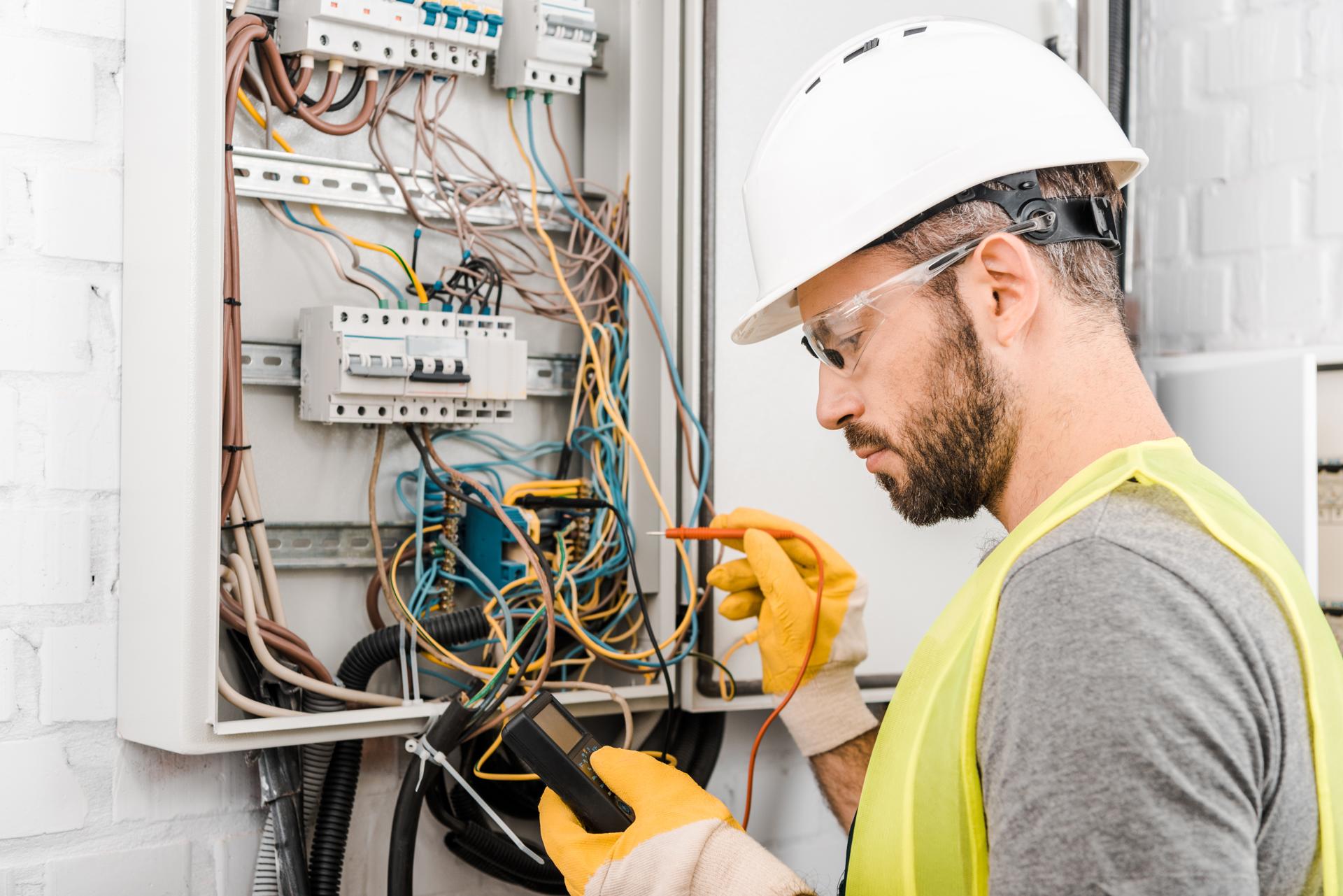Electrical Wiring 101: How It Works in Your Home

Electricity is an essential component of our daily life, powering everything from the lighting in your homes, to gadgets we use on a daily basis. However, electricity systems are complex and understanding how they operate can be challenging. In this article we’ll breakdown the elements in an electrical circuit and show how circuits operate to power appliances and devices. Our residential electricians can handle any electrical jobs you need.
Components of an Electrical System
An electrical system is comprised of several essential components that work to deliver power throughout a home. These include:
Breaker box: the central distribution point for electrical energy in a house that is where electricity is divided into different circuits
Switches and outlets: points where electricity is delivered to appliances and devices
Wiring: the electrical wires that carry electricity from the breaker box, to the outlets and switches
Electrical appliances and devices: devices and appliances that use electricity to function.
Electrical Circuits
An electrical circuit is a path which allows electricity to flow from the main source (the breakers box) to appliances and devices within a home. There are two kinds of electrical circuits in the home: 120-volt circuits and circuits with 240-volt voltage. 120-volt circuits are used for the majority of household appliances and appliances, while 240-volt circuits are used for larger appliances such as air conditioners and electric dryers.
Electrical circuits work by creating the loop which allows electricity to flow from the source into the device or appliance. The loop is made up of a hot cable that carries the electricity along with a neutral wire that completes the circuit as well as a ground wire , which is an avenue for electricity to travel to the ground in case of a fault.
Understanding the electrical Wiring
Electrical wiring is available in a variety of kinds, such as non-metallic sheathed cables (NM) as well as armored cables (AC) and conduit. Each comes with its own pros and disadvantages and the selection of wiring type depends on the specific requirements of the installation.
Wiring conducts electricity through the creation of electrons that travel through the wire. Electrons move from the source to the device or appliance, and back to the source through the neutral wire. It’s essential to ensure that the wiring is installed and maintained correctly, as improper wiring can cause electrical hazards such as shocks or fires.
Common Electrical Issues
Some common electrical problems that homeowners face include tripping the breakers, flickering lights and dead outlets. These problems can be caused by a variety of factors, including overloading circuits, broken connections, and defective wiring.
If you’re experiencing one of these problems, it’s crucial to pinpoint the root cause and take steps to correct the issue. In some instances it may be necessary to contact an accredited electrician to examine and fix the wiring.
Final Conclusion, as well as a Call to Action
In the end, knowing how electrical wiring operates is crucial for ensuring the safety and security of the electrical system in your home. If you follow the rules laid out in this guide and you will be able to remain secure and stay clear of potential dangers.
Should you ever have concerns or questions regarding your home’s electrical system do not hesitate to call Local Electrician Minto. Our licensed electricians has the experience and knowledge to handle all your electrical requirements. Contact us by phone at 1300 610 481 to schedule a appointment.
FAQ
What are the indicators of faulty electrical wiring?
Signs of defective electrical wiring may include tripping breakers flashing lights, and dead outlets, to name a few.
When should I have the electrical system of my house checked?
It’s recommended that you have your home’s electrical system examined by an authorized electrician each 10 years.
What is the life expectancy of electrical wiring?
The lifespan of electrical wiring is based on a variety of factors, including the type of wiring, the setting it’s placed in, and the quality of the installation. The majority of electrical wiring will last for at least thirty years, or even more, with proper installation and maintenance.
Do I have the ability to fix electrical issues myself , or do I need to employ an electrician?
While some electrical issues can be solved by homeowners, it’s recommended that you hire an authorized electrician for most electrical repairs. Making attempts to fix electrical problems without proper training and experience can be dangerous and may cause injury or damage the property.
What should I do if I experience an electrical emergency at home?
In the event of an electrical emergency the first step is to turn off the power supply to the affected location by turning off the breaker or the fuse. Contact an accredited electrician to look into and fix the issue as soon as is possible.
If you follow these tips, you can ensure the safety and reliability of your home’s electrical system , and avoid possible dangers. Keep in mind that when it comes to electrical repairs and installations, it’s always best to trust the experts. Contact Local Electrician Minto at 1300 610 481 for all your electrical needs.
